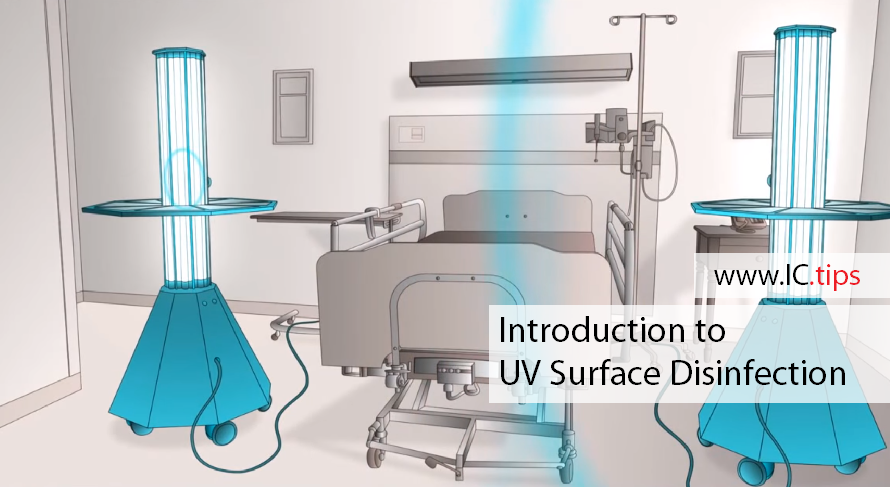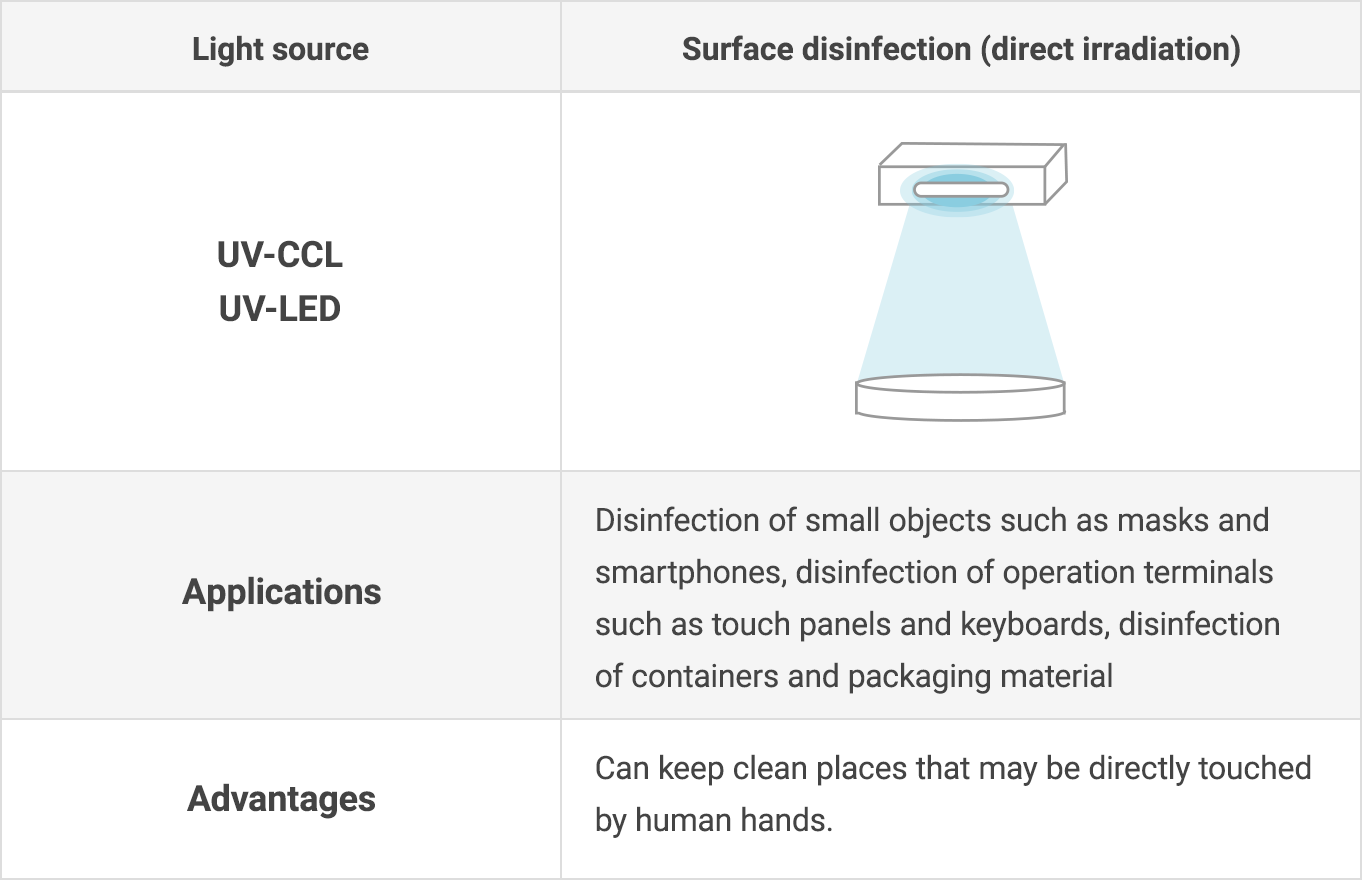Dive Deeper into Far-UVC UV Sanitizers: Understanding Their Role in Pathogen Control
Dive Deeper into Far-UVC UV Sanitizers: Understanding Their Role in Pathogen Control
Blog Article
Much UVC Light: A Game-Changer in the Fight Against Airborne Pathogens
In the ever-evolving fight versus air-borne pathogens, the emergence of much UVC light has triggered considerable rate of interest and potential. What exactly is much UVC light, and just how does it work?
The Science Behind Far UVC Light
The clinical principles underlying making use of Much UVC light as a possible service for combating air-borne pathogens are both appealing and detailed. Far UVC light refers to a specific series of ultraviolet (UV) light wavelengths, usually in between 207 and 222 nanometers, which have been found to efficiently eliminate or suspend microorganisms such as germs and infections. Unlike traditional UVC light, which has a much shorter wavelength and is known for its germicidal residential properties however can additionally damage human skin and eyes, Far UVC light has actually been revealed to be secure for human exposure.
The crucial device behind the effectiveness of Far UVC light depend on its capability to pass through and destroy the genetic product of microorganisms, including their DNA and RNA. When exposed to Far UVC light, the genetic material undertakes a process called photodimerization, where adjacent bases in the DNA or RNA molecule bind together, stopping replication and making the bacterium not able to create or reproduce infection.

Exactly How Far UVC Light Functions
Far UVC light runs by using specific ultraviolet wavelengths to properly reduce the effects of microorganisms and stop their replication, making it a promising solution for combating airborne microorganisms. Unlike conventional UVC light, which is hazardous to human skin and eyes, much UVC light has shorter wavelengths, commonly in the series of 207 to 222 nanometers (nm), that do not penetrate the external layer of the skin or the tear layer of the eye. This makes it secure for continual human direct exposure, while still being deadly to microorganisms and viruses.
The performance of far UVC light hinge on its ability to pass through and destroy the DNA and RNA of microbes. When exposed to far UVC light, the hereditary material of these microorganisms is harmed, making them incapable to replicate and contaminate cells. In addition, research studies have actually shown that much UVC light can properly inactivate air-borne viruses, such as influenza, measles, and coronaviruses, consisting of SARS-CoV-2, the virus responsible for COVID-19.
Moreover, much UVC light is also with the ability of decontaminating surfaces and items in an encased room. By installing far UVC light components or making use of mobile far UVC light devices, it is possible to constantly decontaminate the air and surface areas, decreasing the danger of air-borne transmission of virus.
Benefits of Far UVC Light
Making use of far UVC light offers a series of considerable advantages in combating air-borne microorganisms and guaranteeing a safer setting for constant human exposure. Among the essential advantages of much UVC light is its ability to effectively counteract different sorts of unsafe germs, viruses, and fungi without creating injury to humans. Unlike standard UV light, which can be damaging to human skin and eyes, far UVC light has a shorter wavelength that enables it to target and destroy virus while presenting minimal threat to human health and wellness.

Furthermore, far UVC light is much more secure for the setting contrasted to conventional disinfection techniques. Chemical anti-bacterials frequently include unsafe ingredients that can have negative effect on the atmosphere. Much UVC light, on the various other hand, does not generate any kind of harmful byproducts or residues, making it a much more green and sustainable solution.
Applications of Far UVC Light
One of the essential uses for far UVC light is in the field of air purification and disinfection. Far UVC light has proven to be reliable in eliminating air-borne virus such as fungi, bacteria, and infections. This modern technology functions by giving off a certain wavelength of light that can permeating the external layers of bacteria and damaging their DNA, providing them not able and inactive to replicate. Unlike traditional UV light, far UVC light is risk-free for human exposure, making it suitable for continuous usage in public spaces such as schools, hospitals, and workplaces.
An additional application of far UVC light is in the health care sector. It can be utilized to decontaminate health center spaces, operating cinemas, and clinical tools, decreasing the threat of healthcare-associated infections. Additionally, far UVC light can be included into HVAC systems to detoxify the air distributing in structures, supplying an included layer of protection against air-borne virus.
In addition, far UVC light can be used in the food market to avoid foodborne diseases. It can be employed to decontaminate food processing facilities, killing bacteria and various other microorganisms that may infect food.
Future Implications of Far UVC Light
The prospective future applications of much UVC light are huge and hold guarantee for numerous industries and sectors. One of the key areas where far why not look here UVC light might have a substantial effect is in health care setups. Facilities and health centers can use much UVC light to sanitize client areas, operating movie theaters, and waiting locations, lowering the risk of healthcare-associated infections - far-uvc. This could possibly cause improved person end results and minimized healthcare expenses.
Additionally, making use of much UVC light in public areas such as airports, train terminals, and shopping center can aid regulate the spread of airborne virus. By continuously disinfecting these locations, the risk of transmission can be dramatically lowered, giving a more secure setting for people.
One more potential application of much UVC light is in the food sector. Far UVC light might be used to disinfect cooking surface areas, packaging materials, and storage areas. This can aid avoid the contamination of food and decrease the incident of foodborne health problems.
Furthermore, far UVC light can be utilized in cooling and heating systems to sanitize the air distributing in structures. This could be particularly advantageous in jampacked areas such as offices, cinemas, and colleges, where the threat of air-borne transmission is higher.
Conclusion
In conclusion, far UVC light has pop over to this site actually emerged as a game-changer in the fight versus airborne virus. From public rooms to medical care setups, much UVC light offers various advantages in lowering the transmission of illness.
Far UVC light refers to a specific array of ultraviolet (UV) light wavelengths, normally between 207 and 222 nanometers, which have been found to successfully eliminate or inactivate microorganisms such as viruses and bacteria. far-uvc. Unlike standard UVC light, which has a much shorter wavelength and is understood for its germicidal properties yet can likewise damage human skin and eyes, Far UVC light has been shown to be risk-free for human direct exposure
Unlike traditional UVC light, which is dangerous to human skin and eyes, much UVC light has shorter wavelengths, normally in the array of 207 to 222 nanometers (nm), that do not penetrate the external layer of the skin or the tear layer of the eye. Unlike traditional Visit Website UV light, which can be hazardous to human skin and eyes, much UVC light has a shorter wavelength that enables it to target and ruin virus while posturing minimal risk to human health and wellness.
Unlike standard UV light, much UVC light is secure for human direct exposure, making it ideal for constant use in public spaces such as healthcare facilities, schools, and workplaces.
Report this page